There are places synonymous with the car industry’s rich history that are celebrated for their automotive links: think Detroit, Maranello, Wolfsburg and Turin or, in the UK, Longbridge, Dagenham, Crewe and Goodwood. The seaside town of Clevedon in Somerset is emphatically not one of those places.
At least that’s what I thought, having grown up in Clevedon. This place near Bristol has a rich history, but mostly stemming from its popularity as a Victorian seaside resort. It has an award-winning pier, which has stood proudly since 1869 (aside from a 29-year period after it collapsed during a stress test in 1970…). Clevedon was also where penicillin was first mass-produced.
But I had no sense ‘the gem of sunny Somerset’ was home to any motoring history. Except it was. And, of course, to find it, all I had to do was look in The Autocar. Long-time readers may just remember it from our 2 September 1899 issue…
It turns out the town was home to Clevedon Motor Cars, which, back in 1897, produced arguably the first all-British-designed and built car. At a site in the town centre, which I’ve passed for years. And I had no idea.
Thankfully, William Fairney is more clued up on motoring history than I am and has even written a book on it: Richard Stephens and the Clevedon Motor Cars. You can still buy it in digital form.

Richard Stephens, Clevedon’s own Henry Ford, was born in Cwmbran in 1856. He began working in mines, but his excellent mechanical skills led him into engineering. While in the US working for the Cleveland Iron Cliffs Company, Stephens collaborated with Thomas Edison. He also visited Lansing, Michigan, to meet Ransom Eli Olds, inventor of a new steam-driven vehicle and founder of the Olds Motor Company.
Stephens wound up in Clevedon in 1888 when friends recommended he be employed by the town as a steamroller driver and engineer. The war on potholes had started early in Clevedon: the local council bought a steamroller in 1882.
Stephens was fascinated by both bicycles and early motor car design and so set up The Clevedon Cycle Depot and Refreshment Rooms (his wife Mary supplied the teas) alongside his steamrolling day job, largely to advance his car-making dreams. He was also working on a car and submitted a raft of patent applications (including a successful one for a footpath snowplough).
He soon quit the steamrolling job to focus on his business and, with backing from local baronet Sir Edmund Elton, founded Stephens Engineering and Motor Car Works in 1895 in the Triangle, Clevedon’s town centre, to build a car.
Stephens’ first car was a four-seater featuring independently sprung front suspension – a first for a British car – and bar steering. Its twin-cylinder 2000cc rear-mounted engine was designed and built by Stephens and bore a close resemblance to those used by Olds in his early vehicles. It revved to 8000rpm, with two forward gears (reverse was ‘passenger-assisted’: you had to push it, basically…).
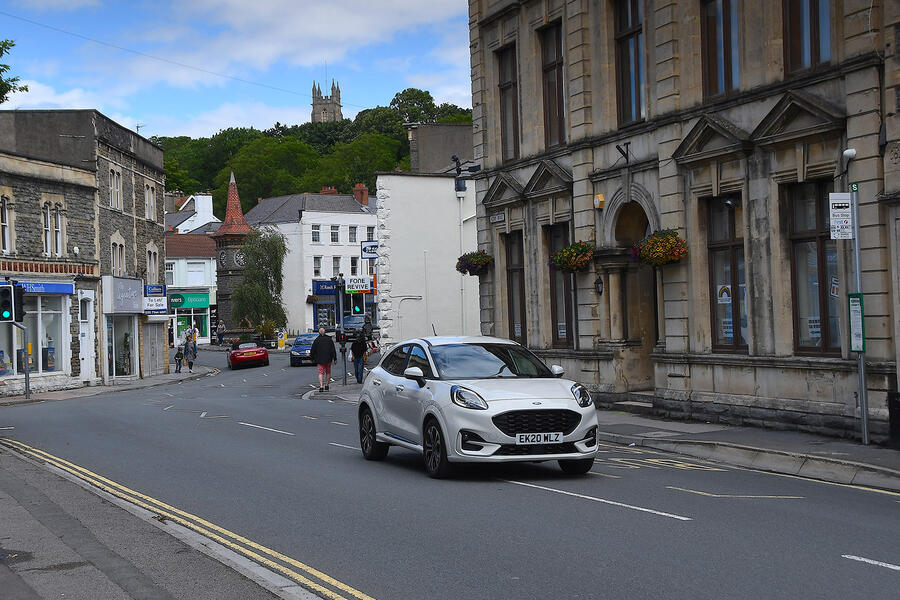
Once early problems with the ignition heater – inadvertently pioneering an early form of heated seats – were fixed, Stephens set up a production line and used his cars as sightseeing and taxi vehicles. A five-mile trip to neighbouring Portishead took 15 minutes and, to the delight of early car photographers, he also ventured to the Cheddar Gorge (a bargain £1 for a round trip).
A resulting appearance in The Autocar helped Stephens secure further investment, and he produced several cars for customers (pricing started at £150). He made a six-seater, which became the first motorised taxi in Bath, and, in a platform-squeezing move that would impress Volkswagen, nine-seater bus versions.
But even then, the rapid pace of industry developments made life tough for small firms. By 1907, Stephens’ wooden-wheeled, open-top cars were dated compared with new machines with pneumatic tyres and closed cabins. So Stephens, with his taxi service profitable, sold off much of his fleet and bought several Ford Model Ts. He kept one of his cars intact along with a stash of parts and donated one engine to the Science Museum.
Stephens continued inventing and in 1917 patented an adjustable caliper drum brake shoe, which quickly proved popular. Its success, and his son’s burgeoning branch of the family business in Wandsworth, prompted a move to London in 1919. And so ended Clevedon’s brief, unlikely spell at the forefront of the British automotive industry.
It wasn’t the end of the Stephens cars, of course. The surviving vehicles (including one reunited with the engine from the Science Museum) are still regulars on the London to Brighton Veteran Car Run and other classic events.
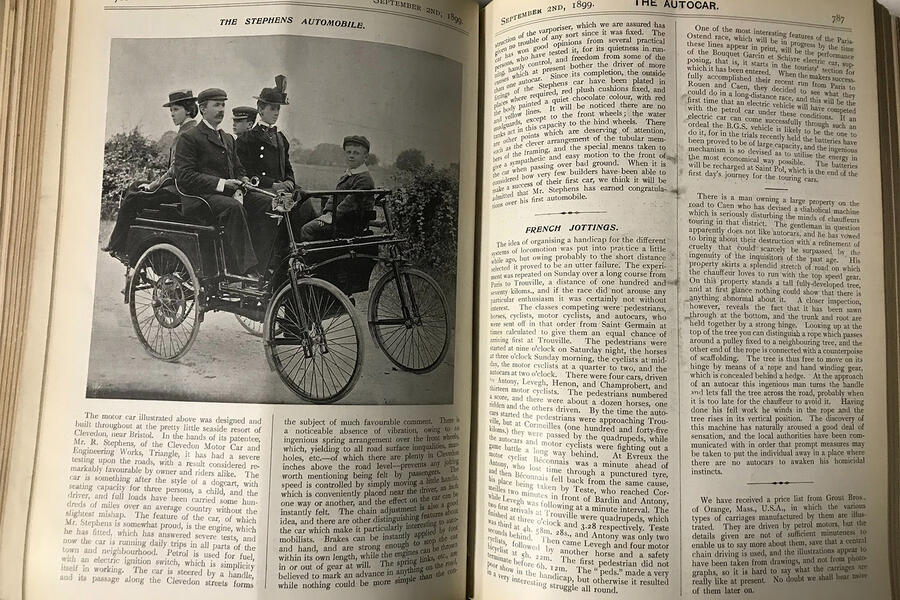
As for Clevedon’s unlikely car factory? The building is still there, within sight of the Clock Tower and, amazingly, apparently still owned by Stephens’ descendants, who lease it out. You wouldn’t know it was ever a car factory, though. Perhaps inevitably, it’s now a mobile phone shop.
Riding in Clevedon's motor car
In 1899, The Autocar visited Clevedon for a first ride in Richard Stephens’ motor car. Here’s what we made of it.
“The feature of the car, of which Mr Stephens is somewhat proud, is the engine, which he has fitted, which has answered severe tests. The car is steered by a handle, and its passage along the Clevedon streets forms the subject of much favourable comment. There is a noticeable absence of vibration, owing to an ingenious spring attachment over the front wheels which, yielding to all road surface inequalities, manholes, etc – of which there are plenty in Clevedon – prevents any jolting worth mentioning being felt by passengers.
“The car has won good opinions from several practical persons, who have tested it, for its quietness in running, handy control, and freedom from some of the causes which at present bother the driver of more than one autocar.
“When it is considered how very few builders have been able to make a success of their first car, we think it will be admitted that Mr Stephens has earned congratulations over his first automobile.”
READ MORE
Morgan Plus Six is marque's first all-new model in 19 years
Allard JR continuation is brand’s first model in over 60 years


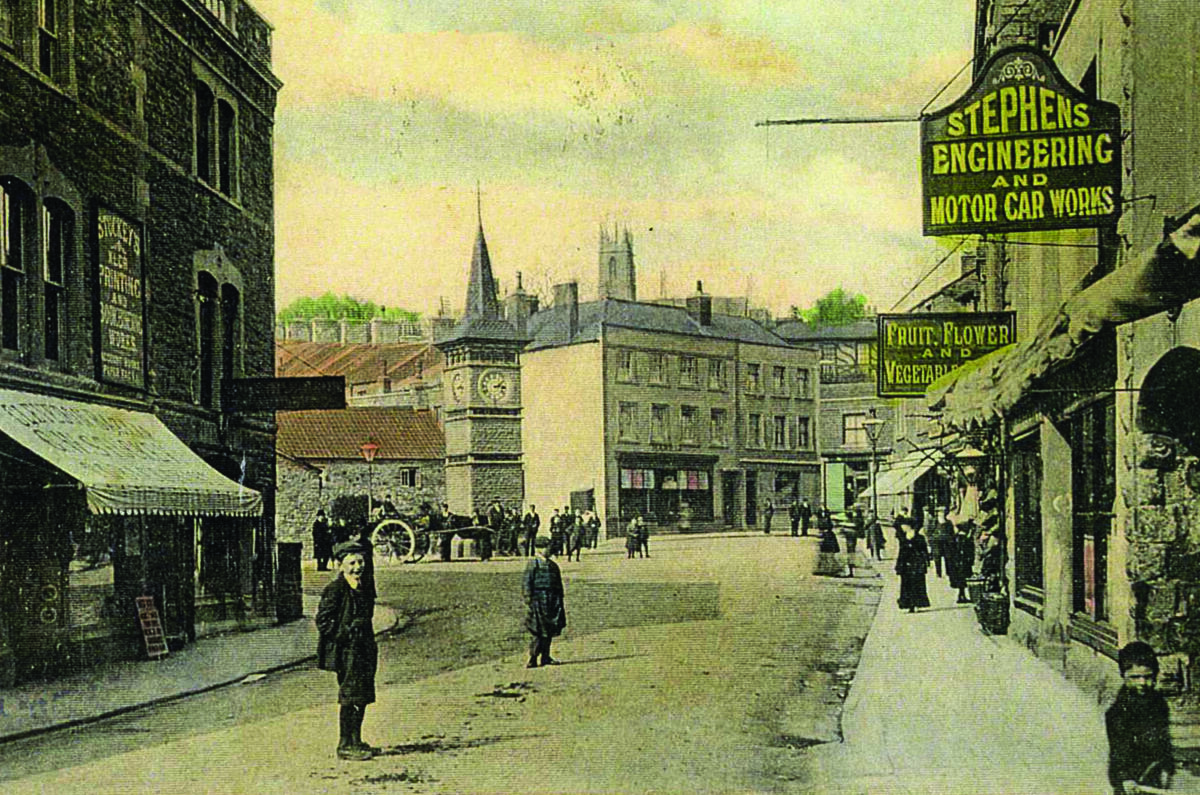
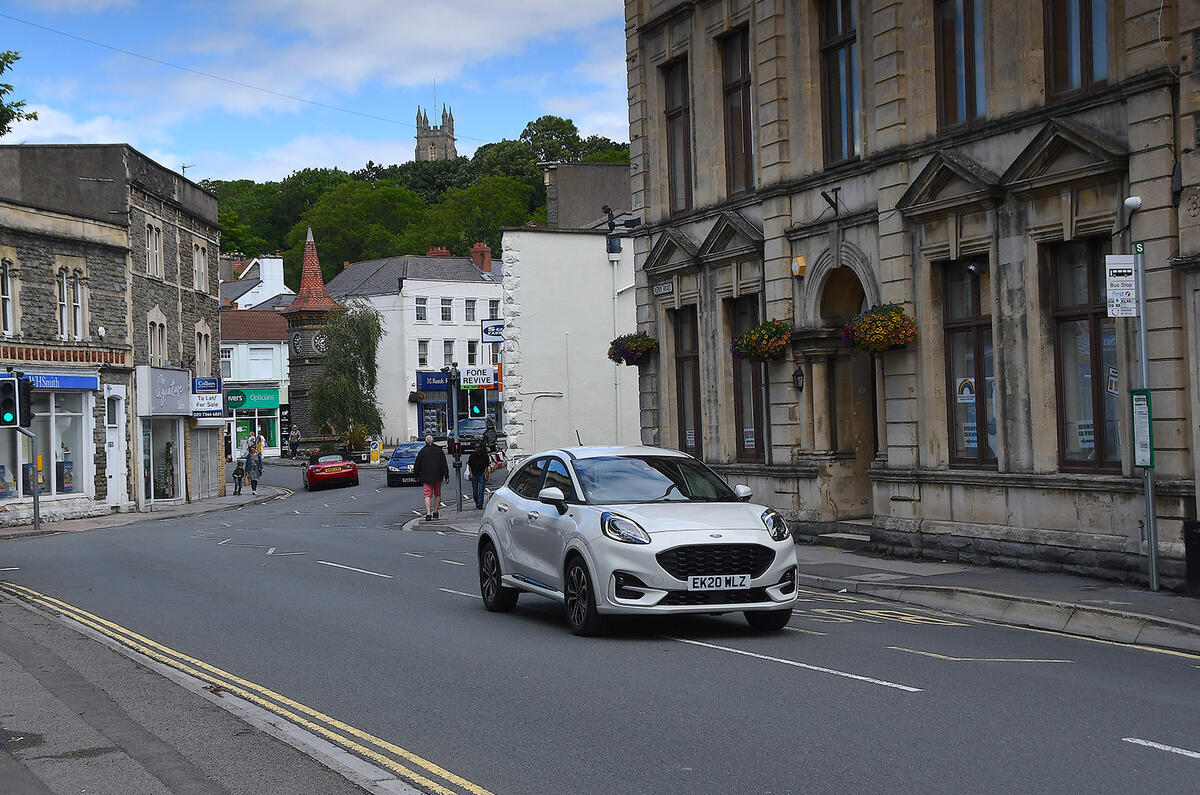
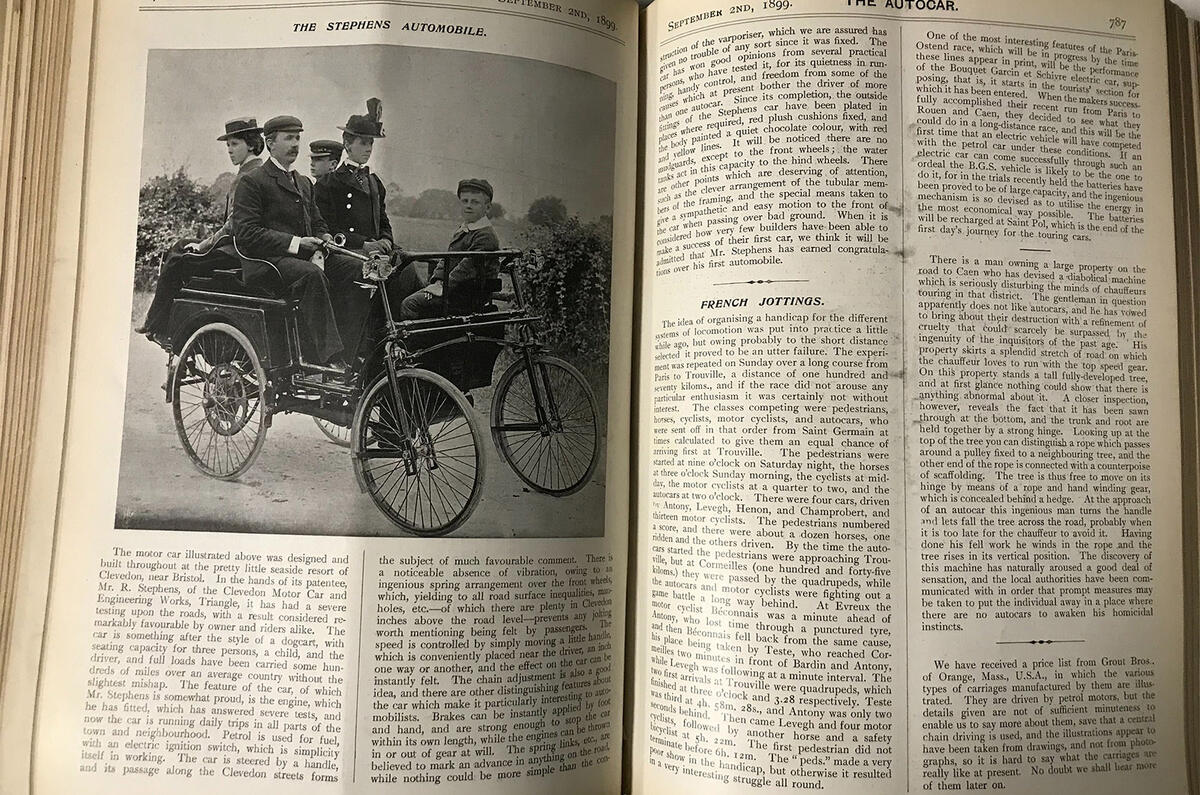
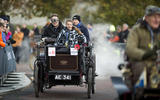
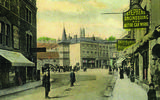
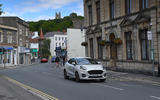
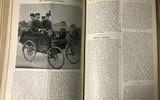






Add your comment